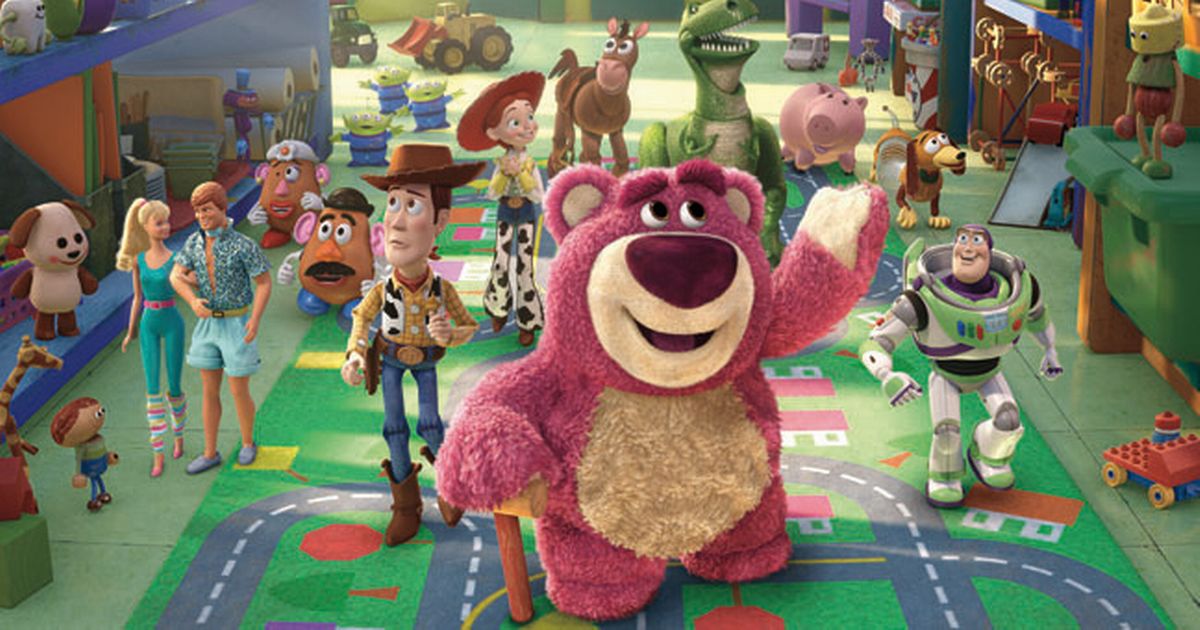Pixar movies are always a great pick for family film nights. These heartwarming stories appeal to kids and adults alike with their often humorous and sometimes tear-jerking moments.
But children who want to create Pixar movies will need to learn a ton of mathematics including geometry, addition, multiplication, and trigonometry.
In addition to that, the geniuses at Pixar have also created new mathematics in a lot of their films, Mirror reports.
Tony Derose, a senior scientist at Pixar, spoke at length in a TED-ed video about the concept of ‘new mathematics’ that is displayed a lot throughout their movies.
Using popular films like Finding Nemo and Monsters Inc as examples, he explained the complicated process in the shapes behind the faces and parts of each character.
In Tony’s words: “It’s not just a bunch of spheres and cylinders stuck together”.
Tony goes on to talk about ‘midpoints’ which calculate the way they move in two dimensions. The team uses geometry and equations to produce a coordinate system and uses averaging to calculate the movements.
The idea of ‘subdivision’ was first used in the short Pixar film in 1997 called ‘Geri’s Game’, and put it this way, there’s more to the main character's hands than just fingers and fingernails.
But what does it mean?
Well, in mathematics, a finite subdivision rule is a recursive way of dividing a polygon or other two-dimensional shape into smaller and smaller pieces.
In the video, you’ll see how subdivision smooths out each aspect of the character and generally makes them look a lot more realistic.
Since back in 1997, they’ve built all their characters that way, including Merida in Brave, whose dress was a subdivision, as well as her hands and face.
It doesn’t stop there though. We bet you didn’t think there was mathematics behind Woody from Toy Story? He’s not just a cowboy, he’s quite literally a walking calculator.
Tony explains that even when a character like Woody walks across from left to right, there is a ton of mathematics involved. As all artists and designers think in terms of shapes and images and computers think in numbers and equations, it’s pretty understandable.
Clever tricks to help your child learn maths while keeping them cool in summer
Their concept of ‘coordinate geometry’ marry the two to create coordinates to signify how far to the left or right a character will go, and how high. To work out where each character needs to go, they need to work out addition, which is of course, another skill kids are taught in school at a very young age.
For example, if they want to make an object bigger in the film, they have to figure out the mathematics behind ‘scaling.’
Intrigued? You should be. The mathematics of scaling in Pixar movies is as follows:
Xend = 2 * Xstart
This basically translates to multiplying the x from the start and the end by 2. When it comes to rotation, things get a little complicated. Kids will usually know this in 8th or 9th grade (which is age 14/15.)
To rotate a character, they follow this equation:
Xend = cos0 * Xstart + sin0 * Ystart
Long story short, if a child ever wonders if they really need to pay attention to complicated equations involving lots of X’s and lots of Y’s, the answer is yes, because they could end up working at Pixar.
Granted, mathematics isn’t for everyone, but as shown by Tony Derose, it’s everywhere, even in your favourite movies.
Source: Read Full Article








